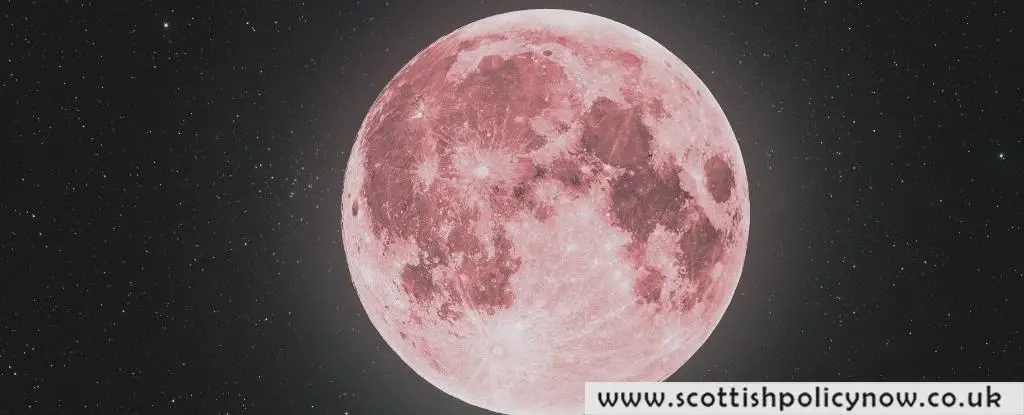The Lyrid meteor shower is putting on a celestial show this week, with dozens of shooting stars zipping across the sky from April 15 to April 29. Although the peak activity was on Sunday night through Monday morning, the shower will remain visible for another week.
This year, the Lyrid meteor shower coincides with the April full moon, also known as the “pink moon,” which rose on Tuesday evening at 7:49 p.m. ET. Despite its name, the pink moon isn’t actually pink, but it does shine exceptionally bright. The combination of this supermoon and the Lyrids is a rare astronomical event that could be a sight to remember.
However, the supermoon’s bright glow may make it challenging to see the meteor shower clearly. Stargazers might catch a glimpse of a few meteors, but the intense light of the moon could drown out many of them.

Here are some tips to improve your chances of seeing the Lyrids, even with the bright pink supermoon in the sky.
For those in the Northern Hemisphere, NASA suggests the best time to view the Lyrids is during the early morning hours, when the moon has set and before the sun comes up. Specifically, if you’re willing to wake up around 5:45 a.m. ET on Wednesday, that’s when you’ll have the best chance to catch the shooting stars without the moon’s interference.
If you’d rather try to see the meteor shower on Tuesday night, while the pink moon is still visible, it’s important to find a spot that’s as dark as possible. Light pollution from cities and streetlights can significantly impact your viewing experience, so aim for a location away from urban areas.
Once you’ve selected a suitable spot, lie flat on your back with your feet facing east and gaze up at the sky, ensuring there’s nothing obstructing your view, like trees or buildings. Be prepared to wait a bit; it can take about 30 minutes for your eyes to adjust to the dark, after which you may start seeing the meteors.
Despite these tips, there’s a chance that the bright supermoon will limit the number of meteors visible. However, the moon itself will offer a spectacle with its bright and imposing presence, creating a beautiful backdrop for the night sky.
The Lyrid meteor shower and the pink supermoon together create a unique stargazing opportunity. Whether you manage to catch a few shooting stars or simply enjoy the luminous full moon, it’s sure to be a memorable experience.
This article was originally published by Business Insider.







